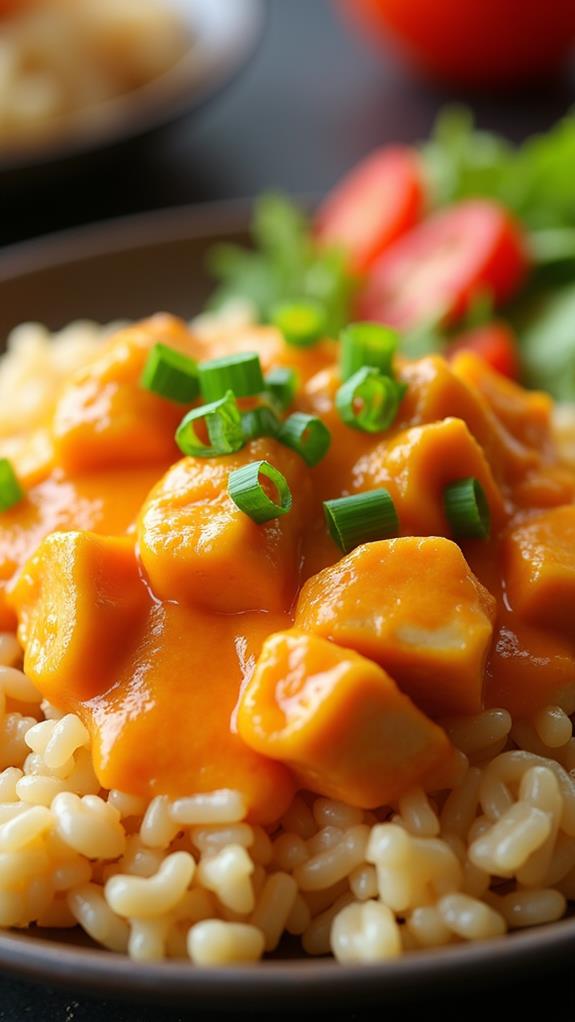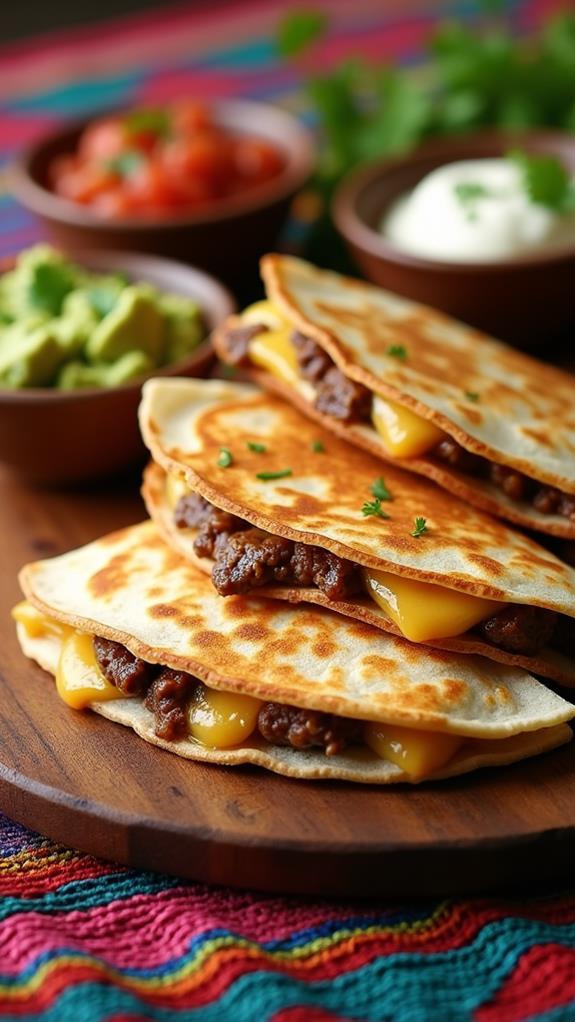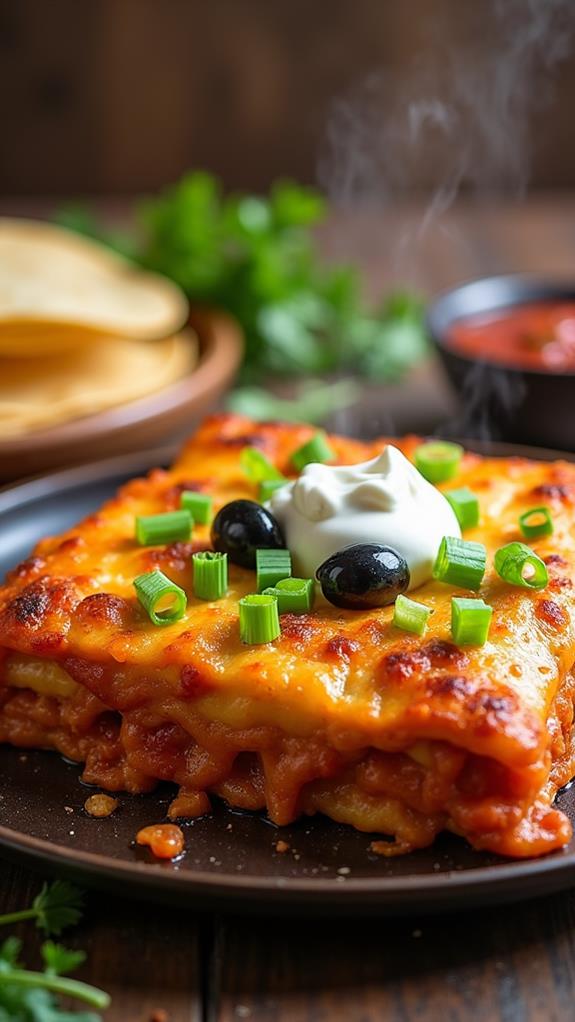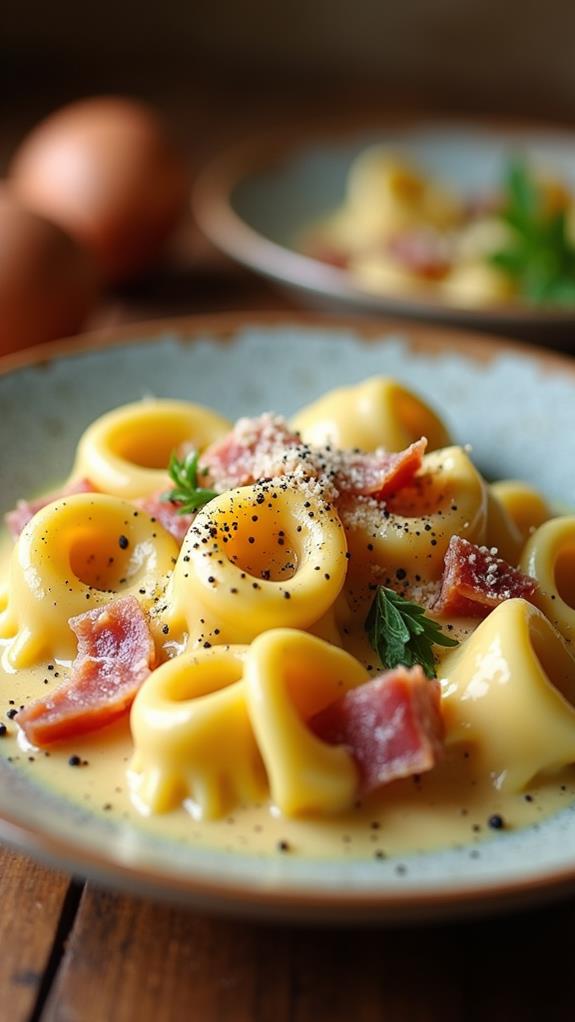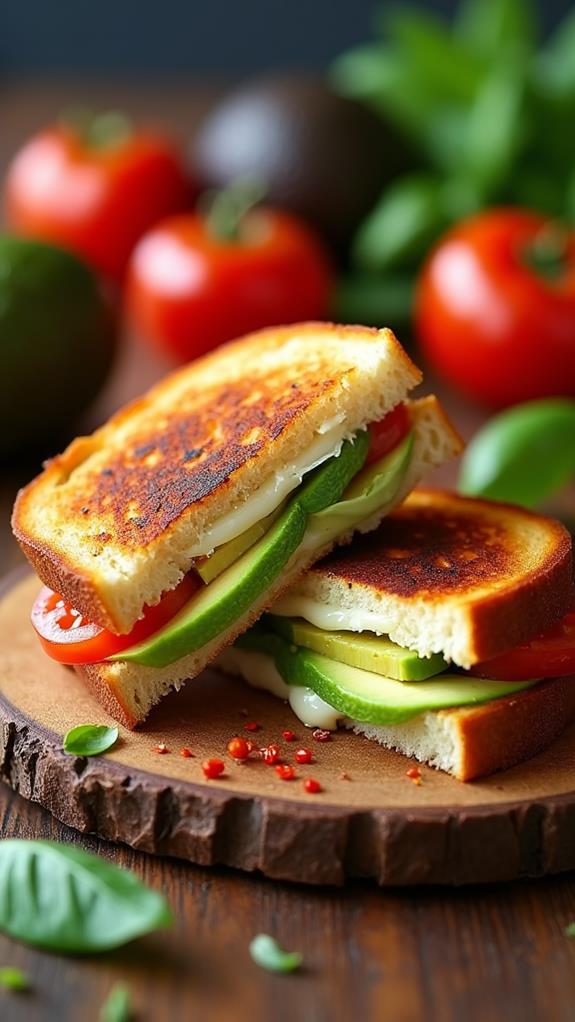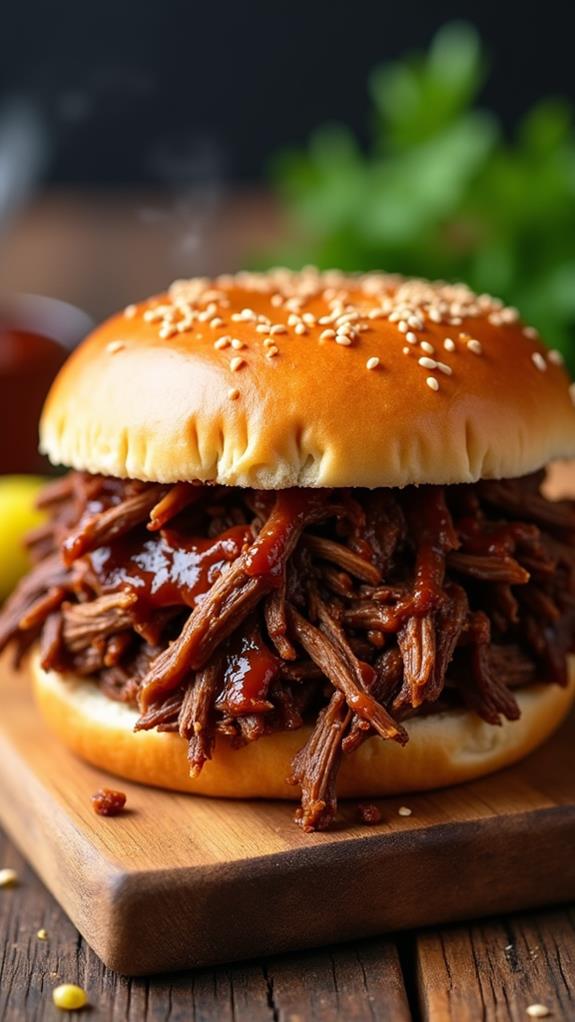The Best Potato Soup Recipe
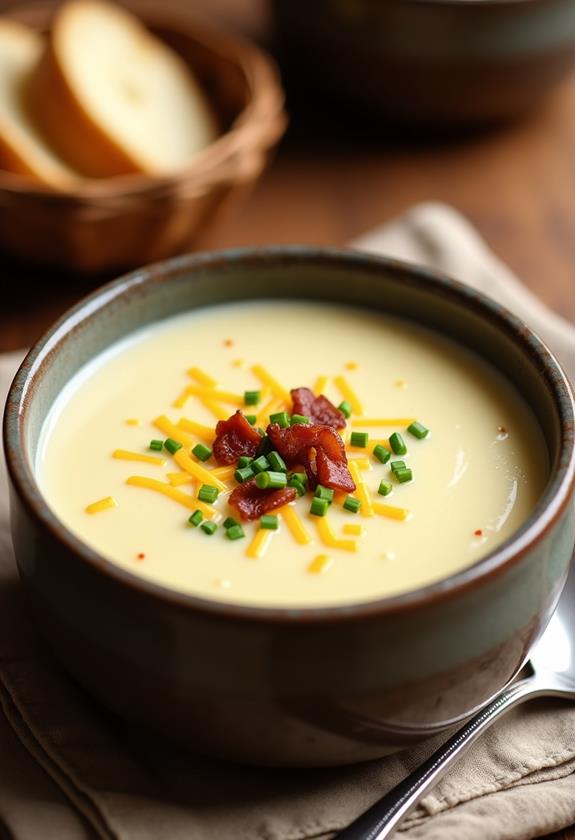
When the weather turns chilly and you’re craving something warm and satisfying, nothing beats a bowl of creamy, homemade potato soup. This recipe transforms simple pantry staples into a velvety, soul-warming dish that feels like a warm hug in a bowl.
I’ve perfected this potato soup over countless cold evenings, and I can confidently say it’s the best version you’ll ever taste. With just a handful of ingredients and straightforward techniques, you’ll create a restaurant-quality soup that your family will beg you to make again and again.
What is “The Best Potato Soup”?
The Best Potato Soup is a classic comfort food that combines tender, perfectly cooked potatoes with a rich, creamy base. Unlike watery or bland versions you might find elsewhere, this recipe creates a luxuriously thick soup with layers of flavor from properly sautéed aromatics and the perfect balance of cream and broth.
What sets this potato soup apart is its texture – it’s neither too thick nor too thin, with some potato pieces left chunky for texture while others are blended smooth to create the perfect creamy consistency. The result is a hearty, satisfying soup that works as either a starter or a complete meal.
Ingredients List for The Best Potato Soup
- 3 pounds russet or Yukon Gold potatoes, peeled and cubed
- 3 tablespoons butter
- 1 large onion, finely diced
- 3 cloves garlic, minced
- 4 cups chicken broth (or vegetable broth for vegetarian option)
- 1 cup heavy cream
- 1 teaspoon salt (or to taste)
- ½ teaspoon black pepper
- ¼ teaspoon paprika
- 2 bay leaves
- 2 tablespoons fresh chives, chopped (for garnish)
- Optional toppings: crispy bacon bits, shredded cheddar cheese, sour cream, additional chives
How to Cook The Best Potato Soup: A Step-by-Step Guide
Creating the perfect potato soup requires attention to detail and proper technique. Here’s my foolproof method that ensures creamy, flavorful results every time:
1. Prepare Your Potatoes:
- Wash and peel the potatoes thoroughly, removing any eyes or blemishes.
- Cut them into uniform 1-inch cubes to ensure even cooking.
- Place the cubed potatoes in cold water to prevent browning while you prep other ingredients.
2. Build the Flavor Base:
- In a large, heavy-bottomed pot, melt the butter over medium heat.
- Add the diced onions and cook for 4-5 minutes until they become translucent and fragrant.
- Stir in the minced garlic and cook for another 30 seconds, being careful not to let it burn.
3. Add Potatoes and Broth:
- Drain the potatoes and add them to the pot with the sautéed aromatics.
- Pour in the chicken broth, ensuring the potatoes are completely covered.
- Add the bay leaves, salt, pepper, and paprika to the pot.
- Bring the mixture to a boil, then reduce heat to maintain a gentle simmer.
4. Cook Until Tender:
- Simmer the potatoes for 15-20 minutes, or until they’re fork-tender and easily pierced.
- Stir occasionally to prevent sticking, but be gentle to avoid breaking up the potatoes too much.
- Remove and discard the bay leaves once the potatoes are cooked.
5. Create the Perfect Texture:
- Using a potato masher or immersion blender, partially mash about half of the potatoes in the pot.
- Leave some chunks for texture while creating a creamy base with the mashed portions.
- If you prefer a completely smooth soup, blend everything until your desired consistency is reached.
6. Add the Cream and Final Seasonings:
- Slowly stir in the heavy cream, mixing gently to combine.
- Taste and adjust seasonings, adding more salt and pepper as needed.
- Simmer for an additional 2-3 minutes to heat the cream through, but don’t let it boil.
7. Serve and Garnish:
- Ladle the hot soup into bowls and garnish with fresh chives.
- Add your favorite toppings like bacon bits, cheese, or a dollop of sour cream.
- Serve immediately while hot for the best experience.
Substitutions and Variations
This potato soup recipe is wonderfully adaptable to different dietary needs and preferences. Here are some variations I’ve successfully tried:
- Potatoes: While russet and Yukon Gold work best, you can use red potatoes for a slightly different texture. Avoid waxy potatoes as they don’t break down as well.
- Dairy: Substitute heavy cream with half-and-half for a lighter version, or use coconut cream for a dairy-free alternative.
- Broth: Vegetable broth works perfectly for vegetarians, while bone broth adds extra richness and nutrition.
- Add-ins: Try stirring in corn kernels, diced ham, or roasted garlic for different flavor profiles.
- Herbs: Fresh thyme, rosemary, or dill can replace or complement the chives for varied aromatic notes.
Common Mistakes to Avoid
Through years of making potato soup, I’ve learned to avoid these common pitfalls that can ruin an otherwise perfect batch:
- Cutting Potatoes Unevenly: Different sizes cook at different rates, leading to some pieces being mushy while others remain hard.
- Boiling Instead of Simmering: Rapid boiling can cause the potatoes to fall apart completely and make the soup gluey.
- Adding Cream Too Early: Adding cream before the potatoes are fully cooked can cause it to curdle from the high heat.
- Over-Mashing: Too much mashing creates a gluey, unappetizing texture. Leave some chunks for the best mouthfeel.
- Skipping the Sauté Step: Not properly cooking the onions and garlic results in a flat, one-dimensional flavor.
How to Serve The Best Potato Soup
This hearty potato soup works beautifully as both an appetizer and a main course. For a light lunch, serve it in smaller bowls alongside a crisp green salad and crusty bread for dipping. When serving as a main dish, pair it with grilled cheese sandwiches or warm dinner rolls.
The soup also makes an excellent starter for heartier meals. Serve it before roasted chicken, beef stew, or any comfort food dinner. A glass of crisp white wine or cold beer complements the creamy richness perfectly.
Presentation Ideas for The Best Potato Soup
Elevate your potato soup presentation with these simple but effective techniques:
- Rustic Bowl Service: Serve in wide, shallow bowls to showcase the creamy texture and colorful garnishes.
- Garnish Artfully: Create an attractive contrast by sprinkling bright green chives, crispy bacon bits, and a small dollop of white sour cream on top.
- Bread Bowl Option: For special occasions, serve the soup in hollowed-out sourdough bread bowls for an impressive presentation.
- Drizzle Design: A light drizzle of cream or herb oil on top creates an elegant restaurant-style appearance.
The Best Potato Soup Recipe Tips
Here are my insider tips for achieving potato soup perfection every time:
- Choose the Right Potatoes: Russet potatoes break down beautifully for creaminess, while Yukon Gold provides the perfect balance of texture and flavor.
- Don’t Skip the Butter: The butter in the sauté step adds richness and helps develop deeper flavors in the aromatics.
- Taste as You Go: Seasonings can vary based on your broth choice, so taste and adjust throughout the cooking process.
- Control the Consistency: Add more broth if the soup is too thick, or simmer uncovered to reduce if it’s too thin.
- Fresh is Best: While dried herbs work in a pinch, fresh chives and other herbs make a noticeable difference in the final flavor.
How to Store The Best Potato Soup
Proper storage ensures you can enjoy your delicious potato soup for days after making it. Allow the soup to cool completely before refrigerating, which should happen within 2 hours of cooking for food safety.
Transfer the cooled soup to airtight containers and store in the refrigerator for up to 4 days. When reheating, do so gently over low heat, stirring frequently to prevent scorching. You may need to add a splash of broth or cream if the soup has thickened during storage.
For longer storage, this soup can be frozen for up to 3 months, though the texture may change slightly upon thawing. Dairy-based soups sometimes separate when frozen, but gentle reheating and stirring usually restore the creamy consistency.
Frequently Asked Questions (FAQs)
Q: Can I make this potato soup in a slow cooker?
A: Absolutely! Add all ingredients except the cream to your slow cooker and cook on low for 6-8 hours. Stir in the cream during the last 30 minutes of cooking.
Q: Why did my soup turn gluey?
A: This usually happens from over-mashing the potatoes or using the wrong type of potato. Russet and Yukon potatoes work best, and gentle mashing is key.
Q: Can I make this soup dairy-free?
A: Yes! Replace the butter with olive oil and use coconut cream instead of heavy cream. The result is still deliciously creamy and satisfying.
Q: How can I make my soup thicker?
A: Mash more of the potatoes, or mix a tablespoon of cornstarch with cold water and stir it into the simmering soup.
Q: Can I add other vegetables?
A: Certainly! Carrots, celery, and corn are popular additions. Add them with the onions during the sauté step for best results.
Q: Is it safe to reheat potato soup?
A: Yes, but reheat gently over low heat to prevent scorching. Stir frequently and add liquid if needed to restore the proper consistency.
Conclusion
This Best Potato Soup recipe has become a staple in my kitchen, and I’m confident it will become one in yours too. The combination of simple ingredients, straightforward techniques, and foolproof methods creates a soup that’s both comforting and impressive.
Whether you’re feeding a family on a busy weeknight or entertaining guests on a cold weekend, this potato soup delivers every time. The creamy texture, rich flavor, and endless customization options make it a recipe you’ll return to again and again.
Remember that great cooking comes from practice and patience. Don’t be afraid to adjust seasonings to your taste or experiment with different garnishes and add-ins. Most importantly, enjoy the process of creating something delicious and nourishing for yourself and your loved ones. Happy cooking!

